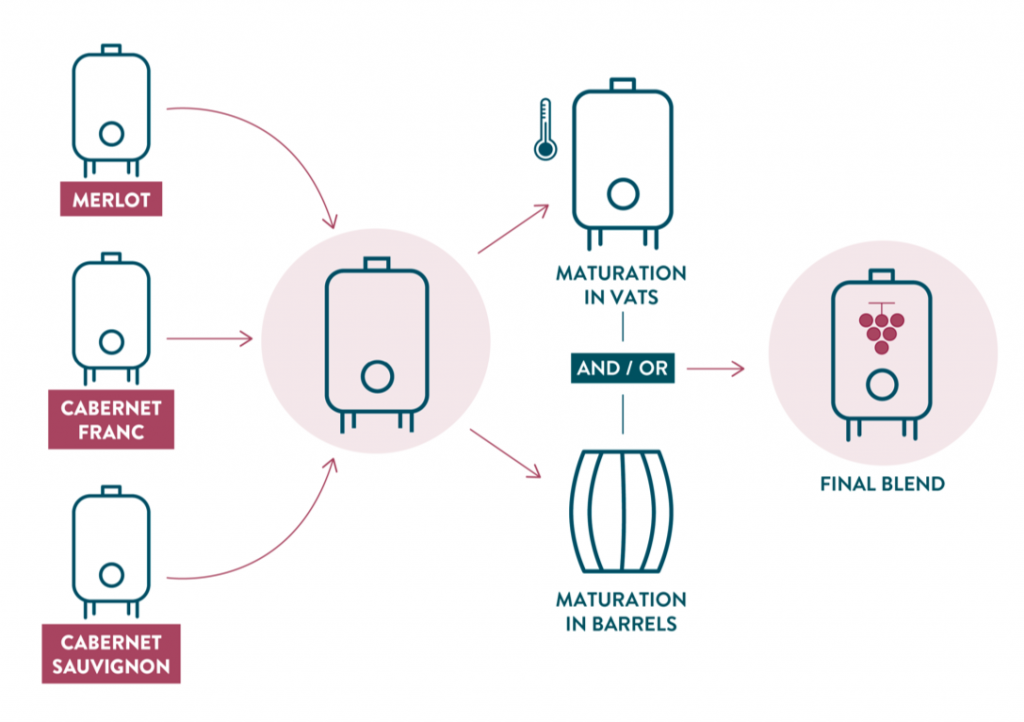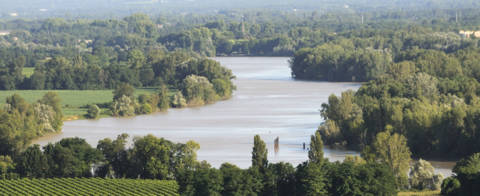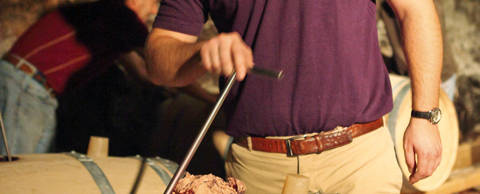The necessary cookies allow the site to function properly.
3. Assemblage
Assemblage or blending is a method of combining different grape varieties to create a rich and harmonious wine. This centuries-old process requires a lot of know-how and talent and is largely responsible for Bordeaux’s reputation and status as a top wine-producing region.
Coping with the climate
Various factors have to be taken into account for the process of assemblage, which differ for each vintage: the development of the varietal based on the age of the vines, what they are exposed to, the type of soil, plot management and - last but not least - different weather conditions every year!
The soul of Bordeaux
Bordeaux wines are blended wines. They are usually produced by combining several varietals, plots or regions. But why complicate matters, even though single-varietal wines are all the rage these days? The answer is simple - blending wines allows winemakers to accentuate their qualities. Once the art of assemblage has been mastered, the typicity of each region can really be revealed and each of the components can be optimally expressed. According to this “1+1=3” principle, assemblage adds a soul to the wines of Bordeaux.
Separate in order to better unite
Once the grapes have been harvested, the cellar master produces each wine separately, varietal by varietal, and eventually plot by plot thus allowing the diverse expressions of the region/varietal duo to be maintained
Once this meticulous job is finished, the cellar master has a palette of vintages at his or her disposal with all the different elements needed to perfect the final blend - the wine produced through assemblage.
Imagining the future
The cellar master, winemaker, owner and oenologist taste the different wines. This is an essential step to ensure the vintage is perfect. Then the different percentages needed from each varietal have to be determined that will be used to produce the final wine of that vintage.
This skilful exercise is carried out by passionate and visionary winemakers, who perform a number of tests and tastings until they finally reach the balance representative of the “house” style.
This is a real “gamble on the future”, based on superior historical knowledge of the domain, its vineyards and its soil.
Varietals that complement
Red Bordeaux blends always offer a subtle mixture of Merlot (providing the wine with round, generous and complex aromas), Cabernet-Sauvignon (responsible for the structure, bouquet and ageing potential of the wine) and sometimes Cabernet-Franc, which adds a little touch of suppleness and elegance. From time to time, especially in the Médoc region, a bit of Petit-Verdot is added for more structure, colour and aromatic richness. Naturally, the proportions will vary depending on the dominant varietals in the appellations, but also depending on the year and susceptibility of each blend.
First and second wines
Large chateaux usually produce a first blend originating from the oldest vineyards on the domain, where the vines are in their prime and are best suited to express the specific characteristics of the region. This results in the “Premier vin” (the top wine blend), which is the flagship of the domain. The aim is to create a complex, rich and extremely aromatic wine with a good tannic structure and the ability to develop wonderfully over time.
The second blend originates from young vineyards and is used to ultimately produce the “Second vin”. This results in wines that are fruitier, suppler and more affordable and have to be consumed at a younger age. The two wines are members of the same family, with similar characteristics but different personalities. Nevertheless they offer the same high quality.
But the art of assemblage is also used by merchants, who know how to combine wines in the same vintage and offer Bordeaux-style wines at very affordable prices.
La technique de l’assemblage


